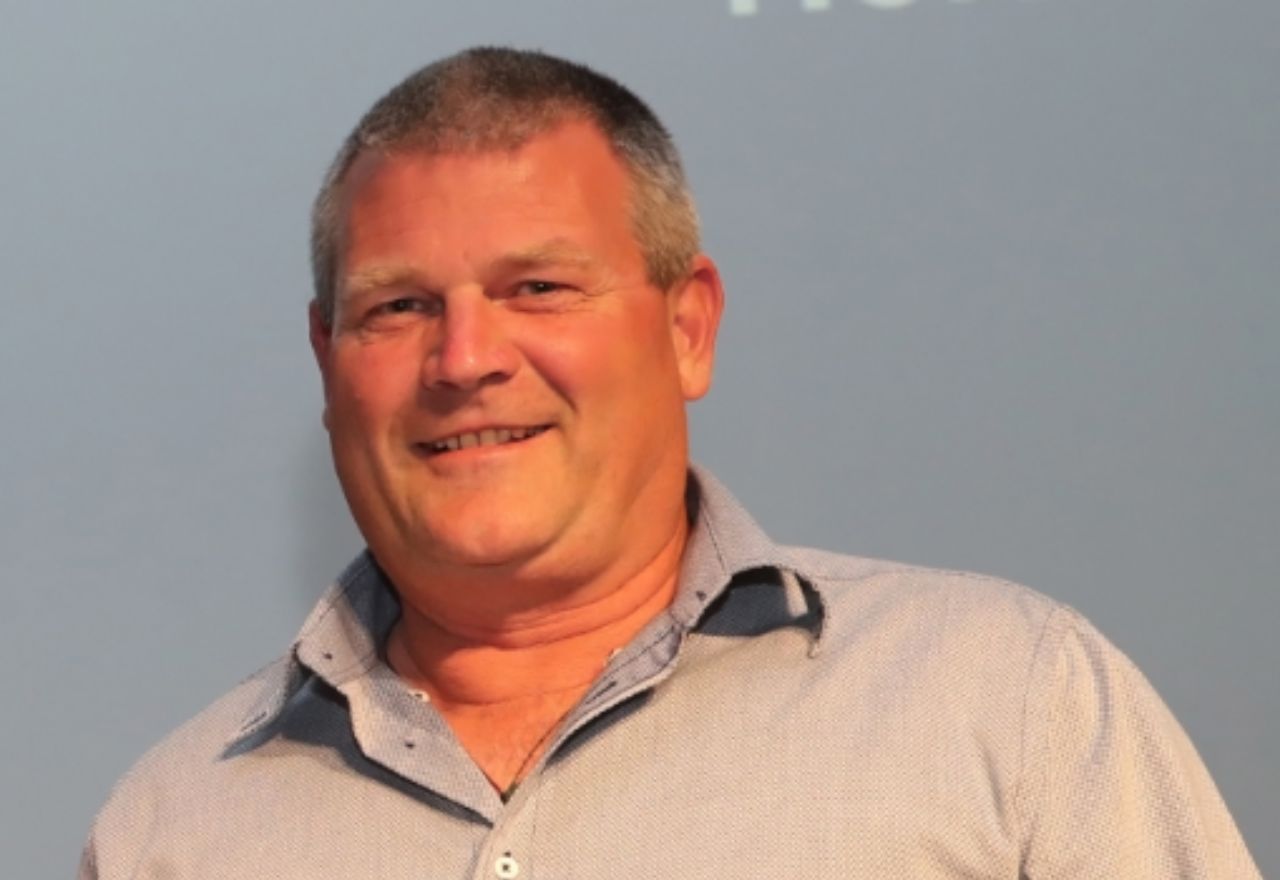Thinking about solar?
RNZ
19 August 2025, 8:16 PM
 Here are questions to ask.
Here are questions to ask.If you're wondering solar power is a good option for your house, there are a few questions to work through, the Energy Efficiency and Conservation Authority (EECA) says.
It has produced a new checklist that offers guidance.
EECA lead adviser Gareth Gretton said any decision should start with a basic assessment of the house's roof.
"Is your roof suitable for solar? The number one other thing, I think, is really the condition of your roof.
"You really wouldn't want to put a new solar panel on to an old roof that needed replacement or a significant amount of maintenance within a 10-to-15-year period.
"Ideally, you're really putting it on a pretty new roof that's not going to need any attention for the entire life of the solar system, which would be about 30 years.
"You should expect these solar panels to be up on your roof for really quite a long time and not require any maintenance other than a bit of cleaning."
The system should also be sized to match a household's energy use, he said. New Zealand households typically have anything from eight or nine solar panels through to about 20, but heavy users can have more if roof space and house orientation permits.
A system with 10 panels might cost about $12,000.
"The question there is really, how much energy you use and when you use it and that will influence whether you should go for a slightly bigger or a slightly smaller system."
Gretton said people would also need to check their electricity meter could handle exporting power.
Most systems export power that is not used back to the grid.
Power companies pay for that power, although they currently pay less than a household would pay for power it consumers.
"That's kind of a chance thing at the moment, whether the meter that you currently have is going to be suitable," Gretton said.
"If it's not suitable, then that's something that you want to get sorted before you go and install a solar system that then can't actually be connected."
He said households should also look at whether their hot water system was controlled.
It would be important to check that quotes they received were offering the same thing, he said.
Some houses have multiple-phase power that can be dealt with in different ways.
"The easiest thing really is if you just have single phase, because then you install a single phase inverter and that inverter will be able to put the power directly into your household circuits and you'll be able to use as much as you can. But if you've got three phases, then it's kind of a question of do you still have a single phase inverter and one phase gets loaded up more or do you go for a three-phase inverter that can put it onto different phases and does that three phase inverter have the capacity to do different things on different phases? So it's it's getting really into details, but you know these are the kind of things that make a bit of difference and good installers will be able to guide homeowners through these kind of decisions."

Dr Gareth Gretton, Energy Efficiency and Conservation Authority Photo: SUPPLIED/EECA
People should also check the inverter in a system would be able to work with demand flexible systems.
"We think the future is going to be increasing flexibility, which basically means that we get to use the grid to its best advantage. Having smart inverters is a big part of that. It's essentially ensuring that we get more and more devices on the grid that are capable of behaving in a smart way."
To maximise the return, people could consider including a battery in their systems so they could store and use more of their own solar power, especially in the evening, EECA said.
It said households could improve the return they received from a solar energy system with smart energy use, such as installing timers on hot water systems, and using apps and home energy management systems.
Generally, the best return on investment is when power can be used as it is generated.
Gretton said for most households right now, batteries would not improve their return on investment but that was expected to change over time.
Other things to think about were whether a house was in a wind zone, whether the roof would need scaffolding to have panels installed and whether there could be corrosion if a house was next to the sea.
Gretton said panels were usually suitable up to very high or extra high wind zones.
"But there are wind zones even above that where you basically have to consult an engineer. So it's just making sure that your installer has actually looked at what wind zone you're in and has therefore taken that into account when designing the system."
Meanwhile, Westpac released a report on Tuesday looking at the future for solar power.
It noted that New Zealand had adopted solar later than its peers.
"In part that reflects the historical dominance of other renewable energy sources in electricity generation in New Zealand. The opposite is true in the EU, US and Australia, where fossil fuels (and nuclear) have historically dominated.
"In many of these countries, solar adoption has been supported by generous government subsidies and support measures that have allowed local manufacturers to gain scale. That was not a consideration in New Zealand."
The report noted that power demand in New Zealand tended to peak in the morning and evening, when solar was not available.
"Contrast that to Australia, which also has a mid-day peak during summer, when solar is most prevalent."
But New Zealanders were now getting into solar quickly, it noted.
Data indicated that solar accounted for 1.3 percent of electricity in 2023 but that had probably risen to more than 2 percent in the first quarter of this year.
"The accelerated uptake of solar in New Zealand more recently reflects falling costs and the increased viability of installing it, despite a comparatively low average solar irradiance or surface power density …Growth of adoption in New Zealand reflects declining costs, rapid advances in solar technology, and our ongoing efforts to reduce carbon emissions."
The report said solar would be critical if the electricity system was to cater for more demand as transportation and heating electrifies and new industries, such as hyperscale data centres expand.
"The cost of residential installations continues to fall, but at around $12k for a 5KW system, it's still expensive for most households. However, electricity prices have risen by an average 23 percent since 2019 with the average New Zealand household now paying $2400 per year. That means that the payback for solar has now fallen to between five to seven years.
"According to Rewiring Aotearoa, borrowing against a mortgage to install solar means the average household will pay 13c/kWh. That falls to 7c without a mortgage. By comparison, the wholesale price of electricity is about 17c/kWh.
"Falling upfront installation and declining battery costs should make solar more attractive to households. How much though depends on whether wholesale electricity prices rise or fall.
"Other factors include buy-back rates for surplus electricity sold back into the grid. These currently range from 8c per kWh to 17c depending on the electricity retailer, but should rise with the introduction of new rules by the Electricity Authority. "

GO-TO EXPERTS
SPORTS NEWS





